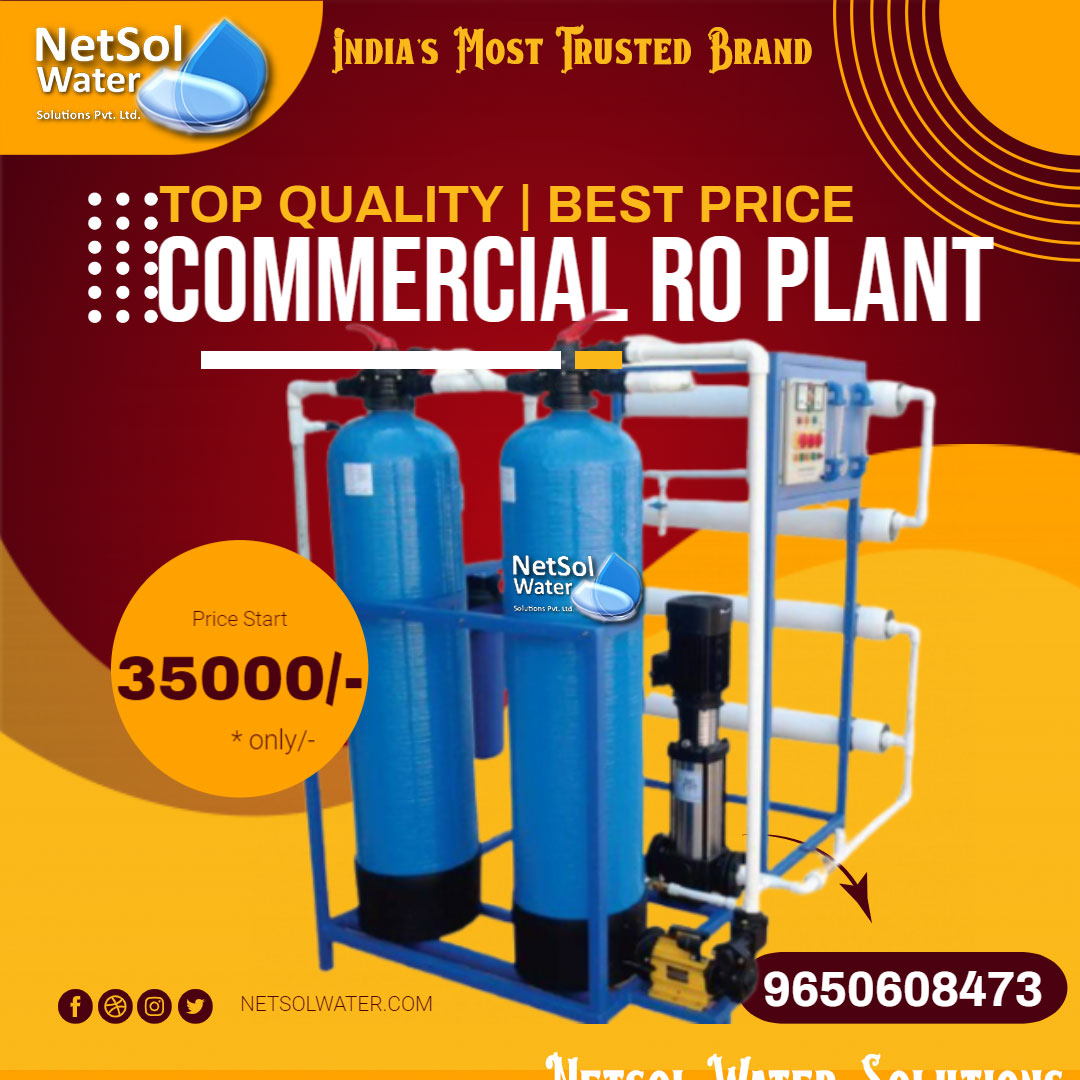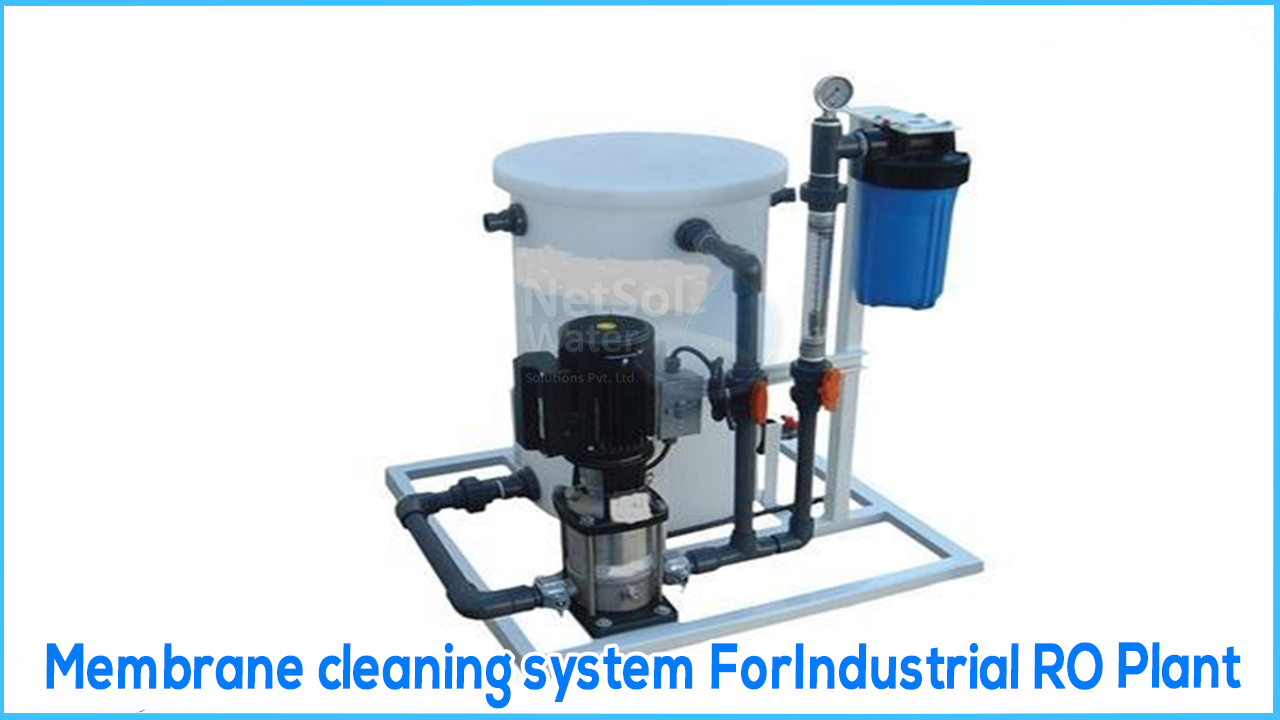How to clean Membrane of Industrial RO Plant
The application of RO is mainly applied in the production of potable water in water plants and in industries. The end result will be the solute. It happens when the pure solvent is allowed to follow to one end of the membrane thus allowing a salute to retain in a permissible side of a membrane. Reverse osmosis removes suspended and types of dissolved species from water including bacteria.
Basic components: Reverse osmosis system
- 1. Pressure vessels and membranes.
- 2. Reverse osmosis skid.
- 3. Cartridge filter.
- 4. Reverse osmosis high pressure pump.
- 5. Control panel.
Membrane element is very important in this system. This system is incomplete without a membrane. The proteins that make up the membrane depends on the kind of intake of water and ending clarity. These are membrane elements for brackish water, seawater, hospital-grade disinfection, and membranes designed to remove specific contaminants to name a few.
If there is a water treatment need, you can be sure there is certainly a membrane element for the job. The size of the task (municipal, commercial or industrial) will determine the size and number of reverse osmosis membranes in a system. There can be anywhere from a single two and a half inch membrane (like in an under-sink reverse osmosis water system) to hundreds of eight inch membrane all working together (a typical reverse osmosis plant).
Membrane Cleaning Fundamentals
Reverse osmosis (RO) systems have become the industry standard for purification of any feed water source - as well as wastewater and reuse applications, including a number of industrial processes. The typical lifetime of an RO membrane element is three to seven years depending on the application. In some RO systems, however, the membrane elements may only last one to two years. The lifetime of RO elements is dependent on several factors, including system design, element selection, pretreatment, system operation.
Cleaning Frequency
- 1. Membrane manufacturers recommend cleaning when
- 2. Normalized permeate flow drops 10%.
- 3. Normalized salt passage increases 5-10%.
- 4. Normalized pressure drop increases 10-15%.
- 5. Effective or successful cleaning is dependent on the following factors: Cleaning is required when one of the key cleaning criteria above is met
- 6. A correctly designed cleaning skid is used
- 7. Membrane elements can withstand acid cleanings at pH 1 and alkaline cleanings at a minimum pH of 12.
It is recommended to clean RO systems when any one of the key cleaning criteria is met. If cleaning is put off, then standard cleanings may be ineffective. This could lead to the need for extreme cleanings, which can cause damage to the membranes.




